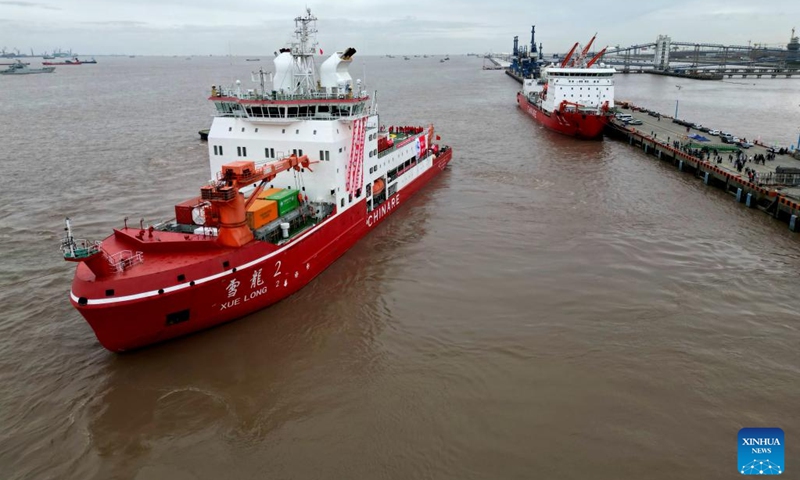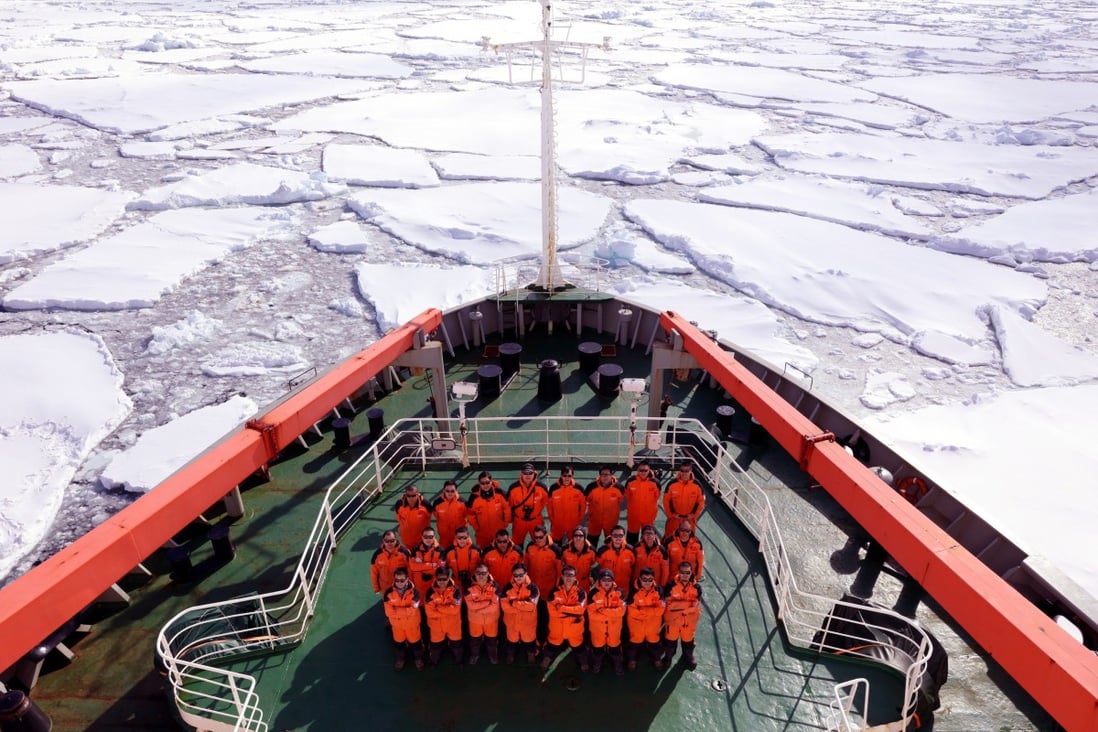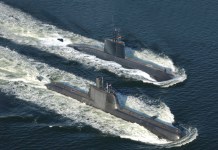China has commenced construction of its third icebreaker. This vessel could enable the nation to become the second country, after Russia, to utilize crewed deep-sea submersibles for scientific expeditions to the Arctic sea floor.
Destroyed By Germany & Seized By Russia, Europe’s Last Airworthy Boeing B-17 ‘Flying Fortress’ Set To Fly Again!
The vessel’s construction is expected to be completed by 2025. The vessel offers excellent potential for advancing scientific exploration by enabling the transportation of researchers to deep and remote polar seabeds using deep-sea crewed submersibles.
Multiple organizations, including the Hainan provincial government and the Institute of Deep-Sea Science and Engineering, are funding the construction of this vessel.
Tang Gulashan, director of the Marine Equipment and Operations Management Center, was quoted by SCMP as saying, “The new icebreaker will focus on crewed and crewed deep-sea scientific research.”
He highlighted that aside from Russia, no other country has successfully deployed individuals to the polar sea floor using submersibles, emphasizing the significant research value associated with the polar regions.

Until now, the exploration of the seabed at the North Pole has been accomplished solely by the Russian submersibles Mir 1 and Mir 2.
China presently operates two icebreakers, namely Xuelong 1 and Xuelong 2, which serve a crucial role in resupplying provisions to the nation’s seven North and South Poles stations.
In addition to their logistical responsibilities, these icebreakers play a vital role in facilitating research on ice caps, atmospheric composition, and the marine environment in polar regions.
China’s endeavor to construct a new icebreaker aligns with its ambitious aspirations, mirroring Russia’s determination to forge ahead in developing a next-generation fleet of icebreaking vessels.
Meanwhile, the United States has faced challenges in modernizing its small and outdated icebreaker fleet, potentially placing it at a disadvantage in the competition for influence in the Arctic.
Adding to the concerns, the delivery of the country’s new polar-class icebreaker is encountering additional delays that push its completion beyond the initial target of 2024 and into the year 2027.
Meanwhile, earlier this year, the Russian government approved the construction of two more nuclear icebreakers belonging to the Arktika-class.
This procurement signifies that Russia will have a fleet of seven formidable nuclear icebreakers from the LK-60 class (Project 22220), making them the most powerful and advanced icebreakers ever constructed.
New Vessel Set To Propel China’s Arctic Presence?
In 2018, China proclaimed itself a “near-Arctic power” in its Arctic policy document. The nation places a high priority on enhancing energy security as its works to shift its economy away from dependence on coal.
Beijing’s policy objectives concerning the Arctic revolve around comprehending, preserving, developing, and engaging in the region’s governance.
This policy stems from China’s recognition that the Arctic holds strategic, economic, and environmental significance, entitling China to exercise rights related to scientific research, freedom of navigation and overflight, fishery activities, cable and pipeline laying, and resource exploitation in the region.
In line with this, China’s forthcoming vessel, slated for delivery in 2025, has set its sights on conducting crewed deep dives in polar regions during the same year.
According to Chinese experts, the vessel is planned to dedicate four months annually to polar expeditions for scientific research, while the remainder of the year will be allocated for conducting deep-sea research in areas such as the South China Sea.

With a designed length of approximately 103 meters (338 feet) and a displacement of around 9,200 tons, the vessel can accommodate 80 people and achieve speeds of up to 16 knots.
Its primary capabilities encompass unrestricted navigation, crewed deep diving, deep-sea exploration, and operational support.
The vessel will acquire samples and environmental data for research pertaining to the deep-sea environment, geology, and life sciences. It will also offer support for testing and utilizing deep-sea technology and equipment.
According to He Guangwei, the deputy chief engineer of Guangzhou Shipyard International Company, the vessel’s manufacturer, it will enable investigations into atmospheric changes, sea life, and geology.
He further highlighted that the vessel fills a significant gap, allowing China to engage in manned deep-diving scientific research activities in polar regions. Additionally, the vessel possesses the capability to support deep-sea archaeological explorations.
Overall, the new vessel will play a pivotal role in advancing China’s Arctic presence, positioning it as the second country, after Russia, capable of deploying deep-sea submersibles to transport individuals to the Arctic sea floor.
This development gains significance as the decline in polar ice has opened up potential trade routes linking Asia, North America, and Europe, making the vessel a crucial catalyst for China’s engagement in the region.
- Contact the author at ashishmichel(at)gmail.com
- Follow EurAsian Times on Google News




